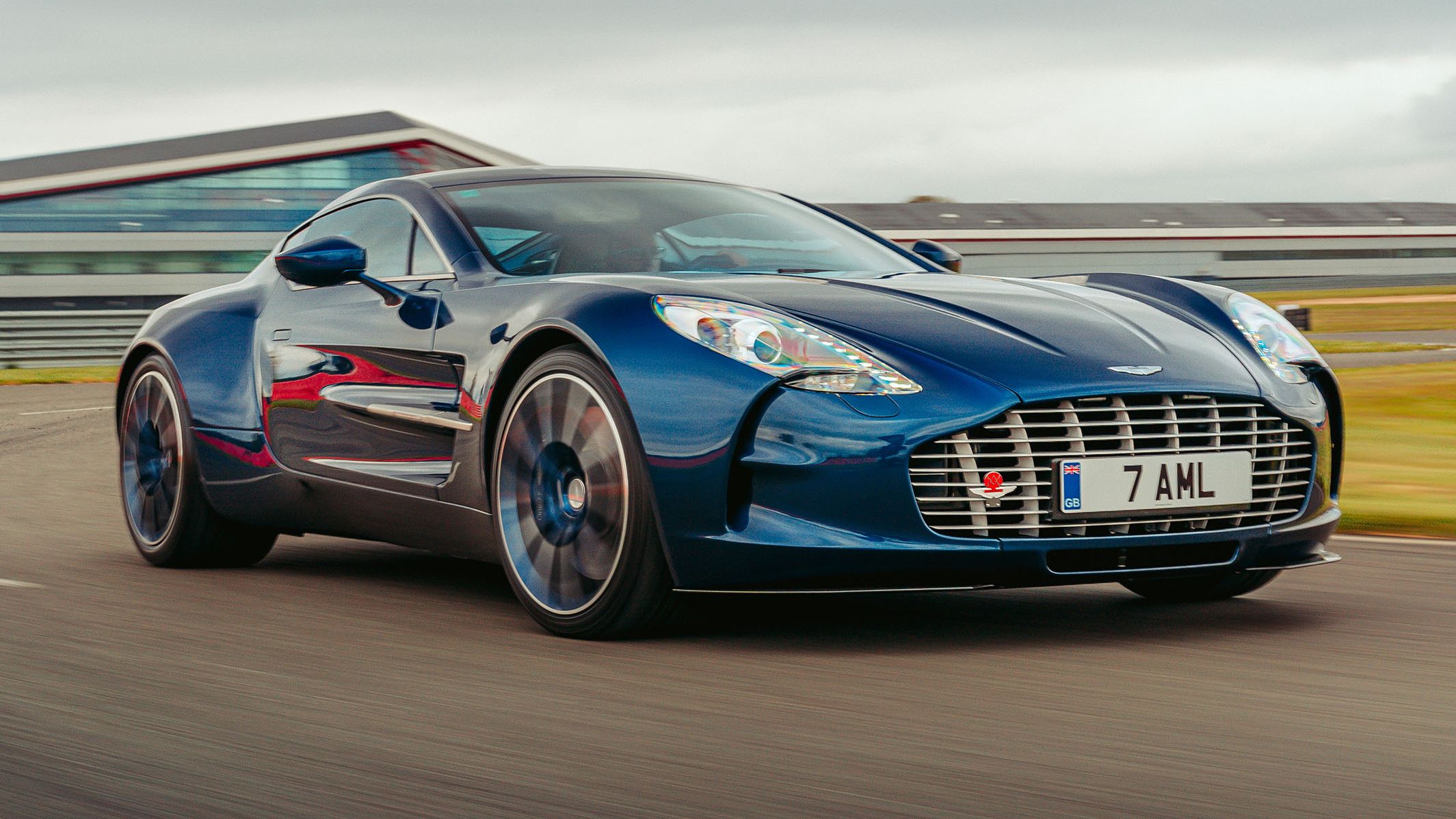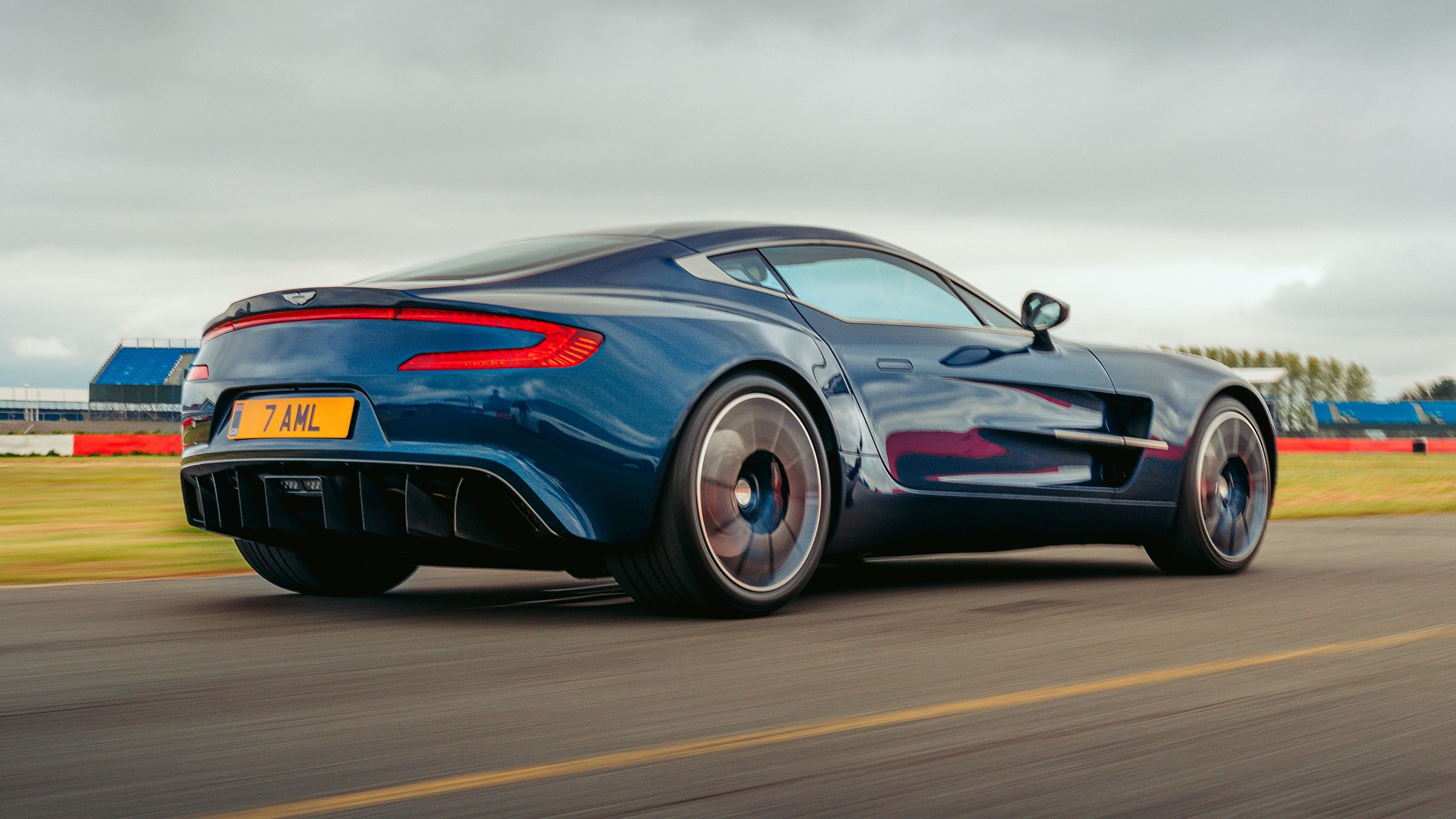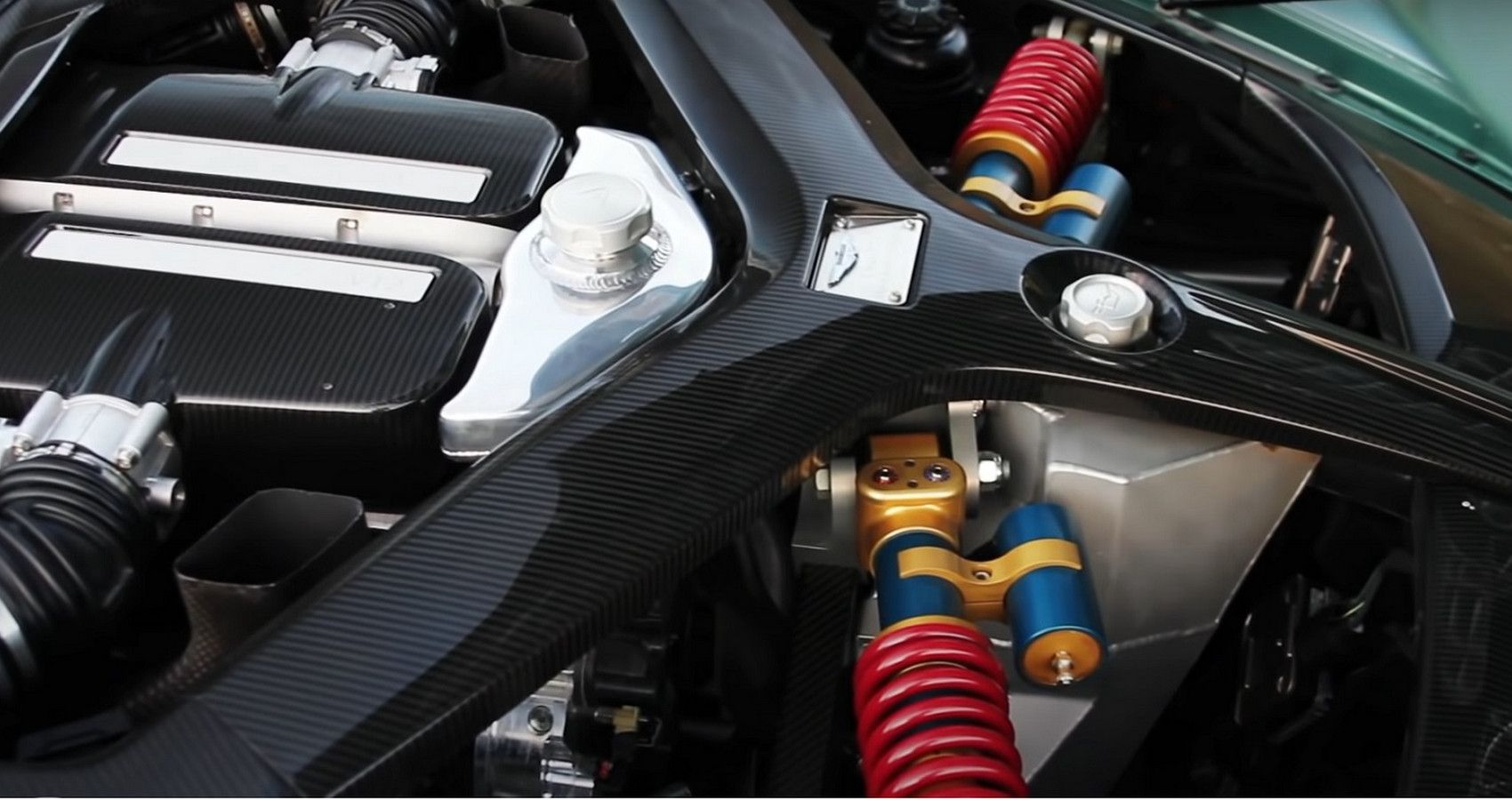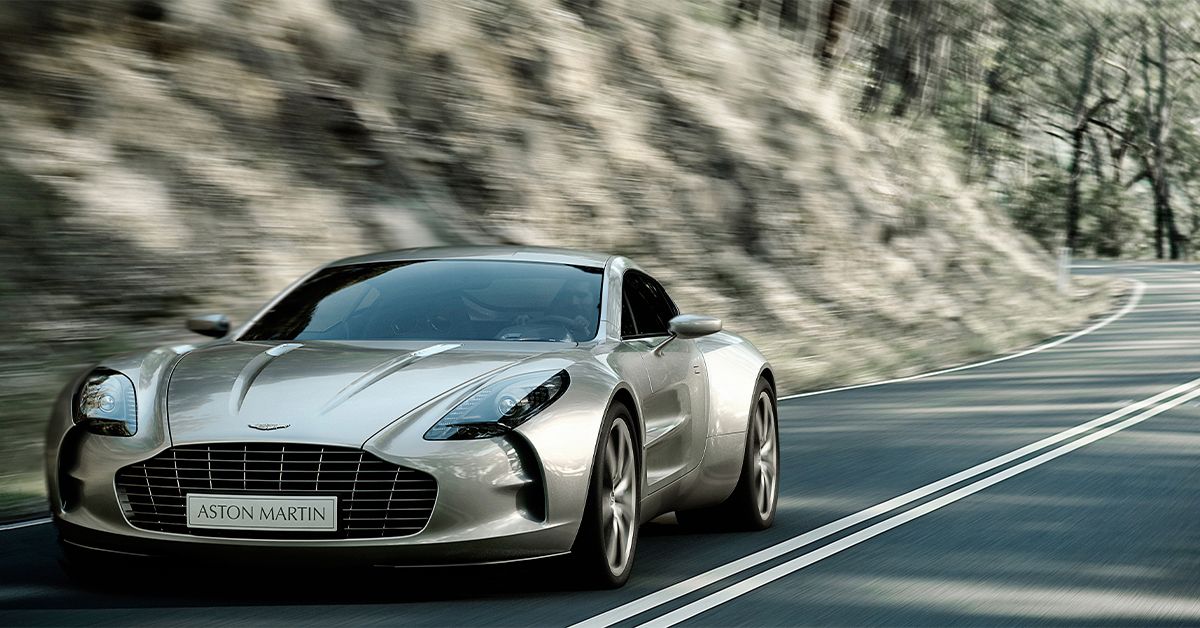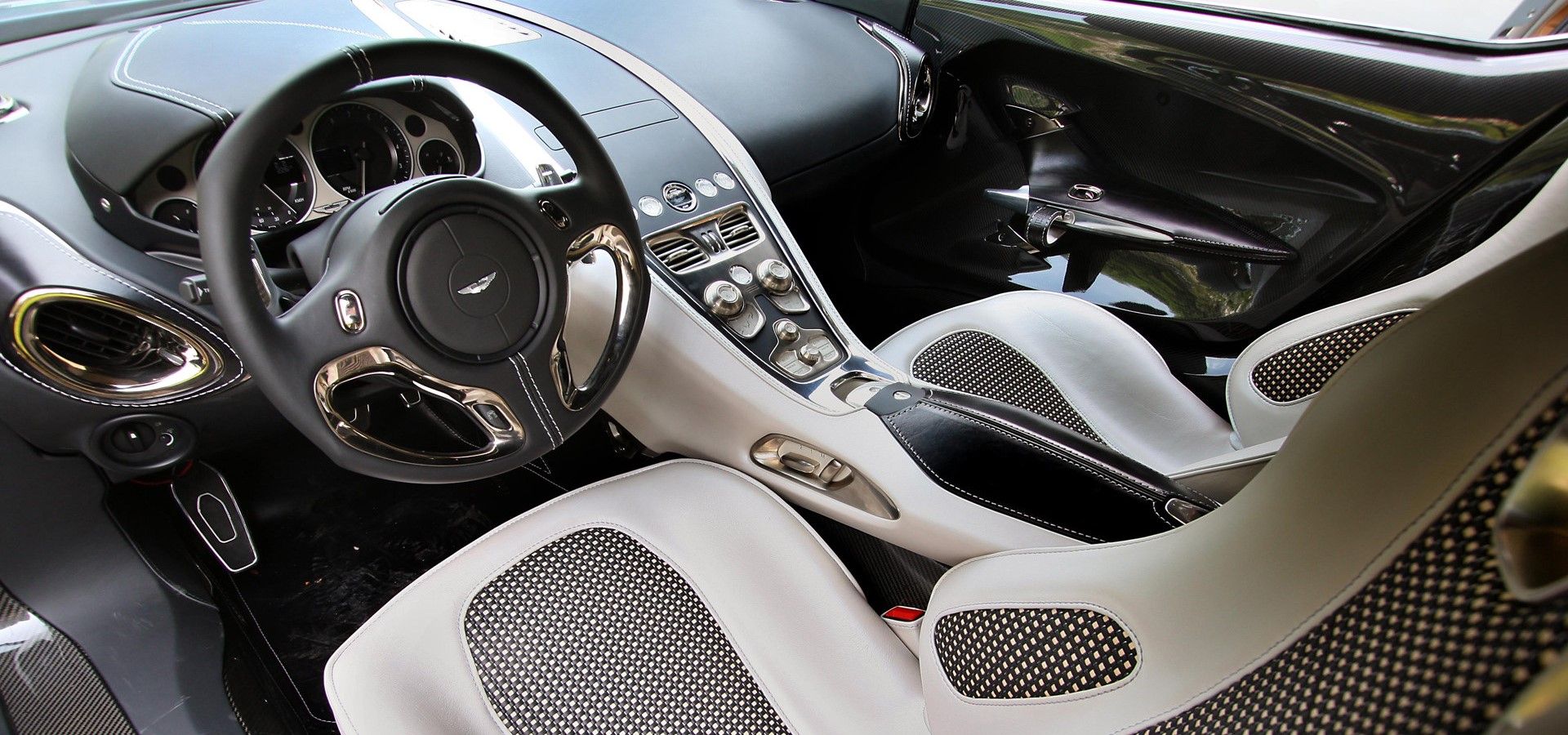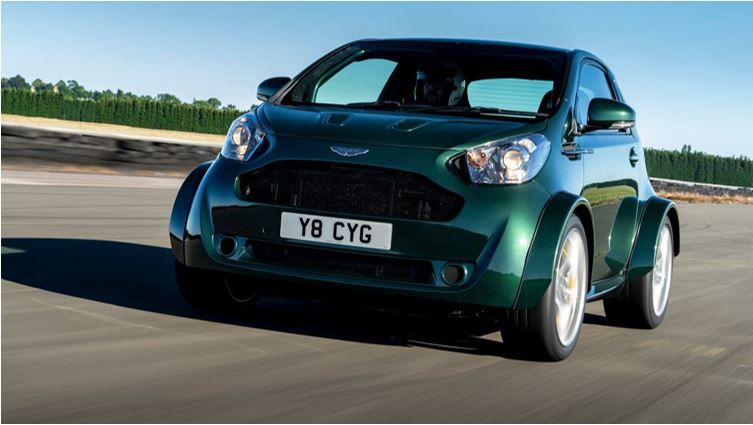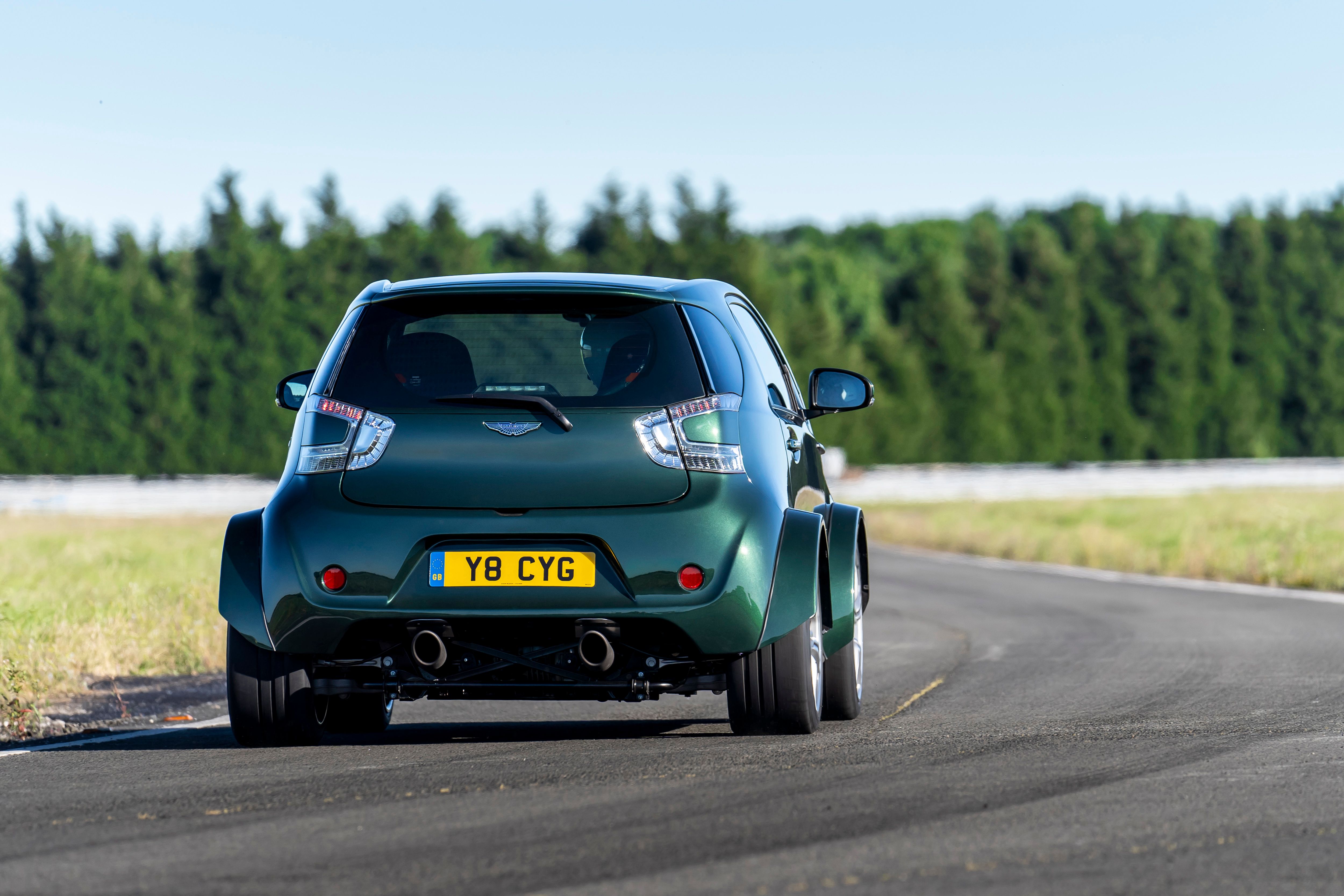From its inception over a century ago until 2021, when it announced the stunning Valhalla, Aston Martin stayed true to the basic GT car layout. Besides highly experimental four-door vehicles under the Lagonda brand, all Aston Martin offerings followed the formula of a two-door sports car with a front engine configuration.
While companies like Ferrari, Jaguar, BMW, and Mercedes-Benz produced luxurious coupes with twelve-cylinder engines, Aston Martin persisted with inline four, inline six, and V-8 powertrains. However, this approach changed when Ford took stewardship, launching Aston Martin into a new era where V-12s became a staple. In preparation for its centennial anniversary, Aston Martin introduced its new chapter with the limited edition One-77, the ultimate expression of its hallmark V12-powered GT coupe.
10 Marek Reichman Designed The One-77
Mark Reichman sought to reinterpret the significant elements of an Aston Martin coupe, blending the traditional and contemporary into a stunning grand tourer. The recognizable front grille nodded to the brand's glorious past, while the outlandishly curvaceous front fenders brought a modern element to the One-77.
The iconic side vents featured in Aston Martins since the DB4 now stretched across two panels to form a deep cut in the swan doors and a cohesive bond with the air inlets up front. Like a typical grand tourer, the One-77 boasts a short rear end with pronounced fenders, a prominent rear diffuser, and a recognizable one-piece taillight.
9 The One-77 Prototype Received An Award
Aston Martin gradually offered glimpses of the One-77 prototype at the three most prestigious European car shows. In 2008, a veiled full-scale model debuted at the Paris Motor Show, but only the front right side of the car got revealed.
Aston Martin presented a rolling chassis and a fully uncovered mock-up for the second act at the 2009 Geneva Motor Show. A month later, a functional One-77 prototype graced the Concorso d'Eleganza Villa d'Este and received the Design Award for Concept Cars and Prototypes.
8 The One-77 Sports Carbon Fiber Composites
To create a rigid chassis to handle the monstrous V-12, Aston Martin collaborated with Multimatic, a world-leading independent company with expertise in carbon composites. The partnership yielded a well-designed monocoque for the One-77, comprising an aluminum honeycomb wrapped in carbon fiber.
The construction of the engine compartment utilized hollow aluminum beams, which also doubled as air intakes to reduce the number of parts and optimize weight reduction. With the engine placed behind the front axle, the engineers achieved optimal weight distribution and maintained the desired proportions of a grand tourer.
7 The One-77 Houses A Fabulous V-12
When Ford transitioned Aston Martin vehicles to V-12 engines, it enlisted the renowned Cosworth engineering company to construct flagship powerplants. For the One-77, Cosworth re-engineered everything except the timing chain for the existing 5.9-liter V-12 unit to create a fabulous bespoke engine.
The bespoke One-77 engine employed lightweight parts and featured a dry sump, bringing the overall weight down by 132lbs. Cosworth revamped the V-12 into a masterpiece by increasing displacement to 7.3 liters. At the same time, compression went up to 10.9:1.
6 The One-77 Has An Onerous Transmission
Aston Martin paired the bespoke 7.3-liter V-12 to a six-speed or optional five-speed automated manual, equipped with a lightweight carbon fiber driveshaft and a magnesium alloy torque tube. This gearbox setup ensured optimal weight distribution between the axles and facilitated quick gear shifts.
However, the One-77's semi-racing transmission was onerous at lower speeds, making it difficult to drive around traffic and some urban settings. On the other hand, the clutch performance excelled during spirited driving.
5 The One-77 Was The Fastest-Ever Aston Martin
Thanks to the revamped 7.3-liter V-12, the output for the One-77 spiked to 750 hp and 553 lb-ft of torque. Upon introduction, the Cosworth-sourced V-12 engine was the most potent naturally aspirated engine of any production car.
Even more impressive, the engine allowed the One-77 to achieve a top speed of 220 mph, while 60 mph arrived in 3.7 seconds. For perspective, the One-77 became the fastest-ever Aston Martin, on par with high-profile hypercars like the Pagani Zonda and Ferrari Enzo.
4 Aston Martin Built 77 Unique Examples
Former Aston Martin CEO Ulrich Bez commissioned a limited production run of 77 handcrafted models to ensure exclusivity. The extraordinary manufacturing process saw skilled artisans build a modern coupe using traditional tooling, hammering each aluminum panel to perfection.
Interestingly, no press conducted tests on the One-77 during the production run until the 77th model sold. This approach ensured that the entire process, from ordering to configuring, waiting, and receiving the One-77 was beyond regular VIP treatment.
3 One-77 Options List Included Another Car
The One-77 boasted an insane item in the options list, a $30,000 city-based car. Aston Martin restyled and redesigned the Toyota iQ into the Cygnet, an elegant yet practical luxury car as its solution to urban mobility.
The Cygnet featured a 1.33-liter Dual VVT-i engine paired with a six-speed manual, achieving 106 mph and a fuel economy of 57 MPG. Admittedly, the Cygnet was one of the oddest models to wear the Aston Martin badge. Still, it ensured the brand met emission regulation averages set by the European Union.
2 Aston Martin Introduced A One-77 Q-Series
After selling the initial seventy cars, Aston Martin introduced a final run of seven remarkable examples of the One-77. Regarding exterior styling cues, the red insert on the front bumper, red brake calipers, and diamond-turned wheels distinguish the Q-Series from the standard One-77.
Since it's derived from Aston Martin's exclusive personalization program, the Q-Series also boasts additional, more intricate interior touches and features. These include a red-on-black leather theme, extra carbon fiber finishes, a luggage rack, and a header-mounted HD video camera.
1 The One-77 Cost Well Over One Million Dollars
Aston Martin chose the worst time to develop and market its ultimate GT car. In 2008, the world got hit by one of the most brutal recessions in recent history, and presenting an uber-expensive supercar seemed detrimental.
Nonetheless, Aston Martin ambitiously slapped an eye-watering price tag of $1.87 million on the exclusive One-77, with potential buyers expected to deposit more than $250,000 to get on the waiting list. Today, a One-77 goes for about $1.5 million, but it will be interesting to see whether these vehicles become future classics.


